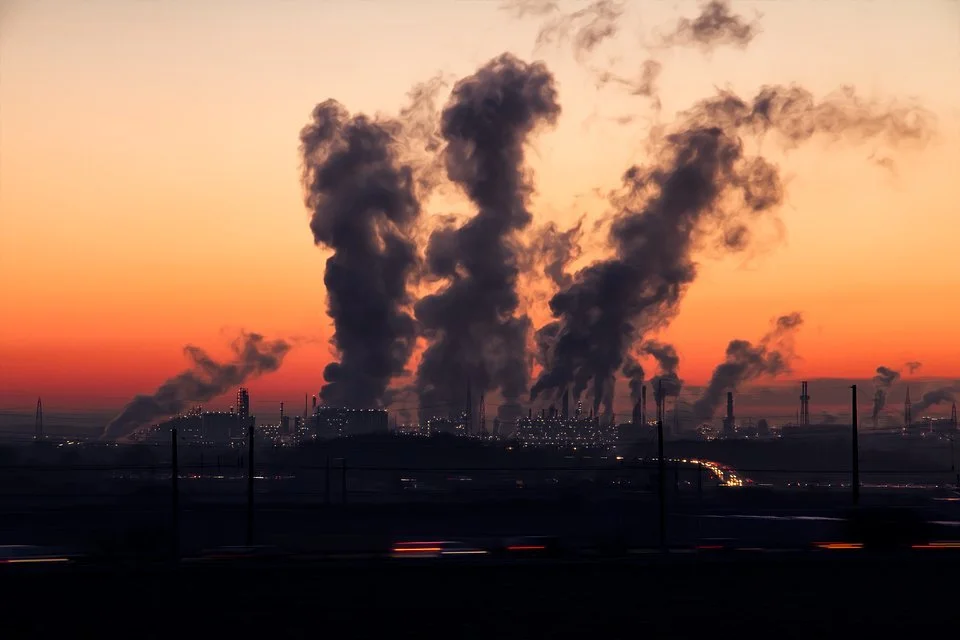At Scioto Analysis, we love talking about new ways for policymakers to think about the economy. When we talk about strengthening the economy through the narrow lens of GDP growth, we’re often talking about people getting more things they want. If “the economy” is the total value of things people want, then this makes sense to an extent.
But the economy isn’t just the sum total of things people have that they want, it’s also offset by the cost of things people don’t want. Below is a simplified model of the economy factoring in this insight.
“The Economy” = The Total Value of Stuff People Want - The Total Cost of Stuff People Don’t Want
Just as an economy grows as it adds jobs (something people want), it also grows as it reduces car crashes (something people don’t want).
Below are three economic costs that further illustrate this point.
Underemployment
When we talk about the current conditions in the labor market, we often focus on unemployment as the main indicator. Unemployment is certainly very important, but the official U3 unemployment measure doesn’t include underemployment. We know it is bad when someone wants to be able to work but can’t find a job, but it is also bad when someone can’t find enough work.
If during an economic downturn, an employer chooses to reduce hours rather than lay off employees, the unemployment rate doesn’t change. Including underemployment as part of the discussion paints a much more complete picture of conditions in the labor market.
Homelessness/Houselessness
People who don’t have somewhere consistent to spend the night regularly fall through the cracks when it comes to provision of public services and in discussions about the economy.
Consider what happens if a houseless person has to go to the emergency room because of the cold. First and foremost, there is a social cost (e.g. hypothermia) that goes unmeasured by GDP. Then, because a healthcare provider ends up providing a service that has to be paid for, GDP actually grows slightly. If the goal of economic indicators is to show us where we can enact policy to help make people more well off, then including houselessness in that discussion is very important.
Defensive Expenditures
Defensive expenditures refers to personal spending on things that do not increase welfare or are used to prevent a loss in welfare. Take home security for example. If people didn’t have to spend anything on home security, they’d be able to use those resources on things they actually wanted. A neighborhood without crime would have less spending on home security systems, which would be a good thing for families.
If we don’t intentionally include defensive expenditures in the discussion, then most measures of the economy will take these pieces of economic activity and count them as positives. Separating consumer spending into categories is difficult, but an important nuance that helps us better understand how people are doing in the economy.
These three measures, underemployment, homelessness/houselessness, and defensive expenditures, are accounted for in the Genuine Progress Indicator (GPI). GPI is a “GDP+” measure that accounts for both sides of the ledger: economic benefits and economic costs. It also includes economic benefits such as home child care and volunteering not included in GDP. If we want to talk about the economy in a thoughtful way, we need to ensure we’re looking at a complete picture.

